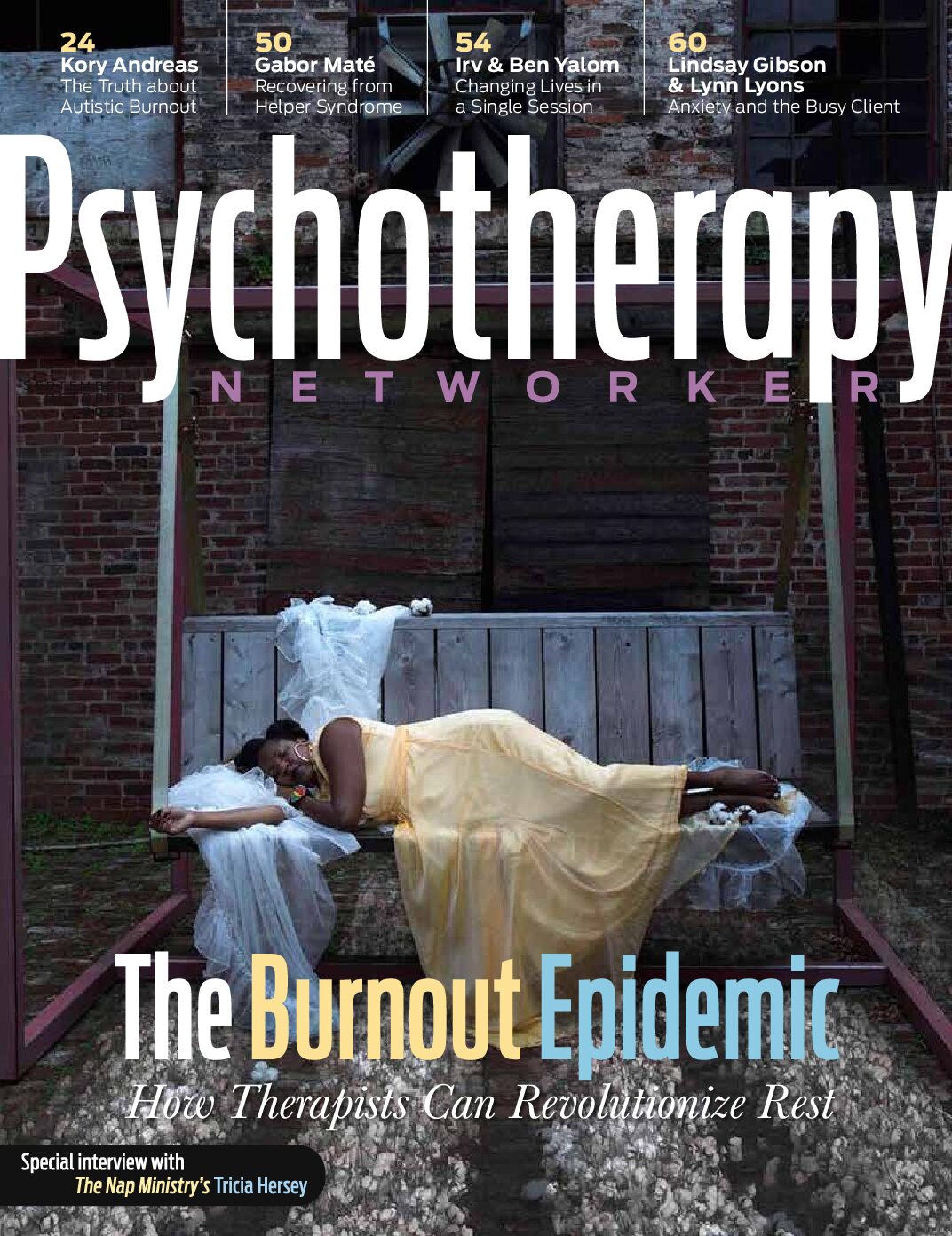Few therapists have received explicit training in theories of emotion. Most of what we think about crying and other emotional reactions are based on what therapist Jay Efran calls “steam-kettle thinking”—the culturally pervasive but biologically absurd notion that emotions are stored quantities of energy, which, like steam, wreak havoc when bottled up too long or released too abruptly.
In this interview with Networker editor Rich Simon, Efran shares a proven intervention strategy for dealing with a crying client, including how to speak with them in a way that doesn’t invalidate what they’re feeling.
As Efran notes, we’re biologically primed to react when someone cries. Clinicians in particular can feel an urge to rush in and “fix things” that aren’t broken, and this can often make matters worse.
Instead, he explains, asking clients what helped them cry rather than what made them cry gives them agency over their own feelings, and removes the stigma behind crying. This relays to the client that they’re in a safe place, expressing a natural process, “a good outward sign,” Efran continues, “that active processing is happening. If tears are flowing, you can just allow the process to unfold.”
Rich Simon
Richard Simon, PhD, founded Psychotherapy Networker and served as the editor for more than 40 years. He received every major magazine industry honor, including the National Magazine Award. Rich passed away November 2020, and we honor his memory and contributions to the field every day.
Jay Efran
Jay Efran, PhD, professor emeritus of psychology at Temple University. He received the Pennsylvania Psychological Association’s 2009 award for Distinguished Contributions to the Science and Profession of Psychology and is co-author of Language, Structure and Change and The Tao of Sobriety.












